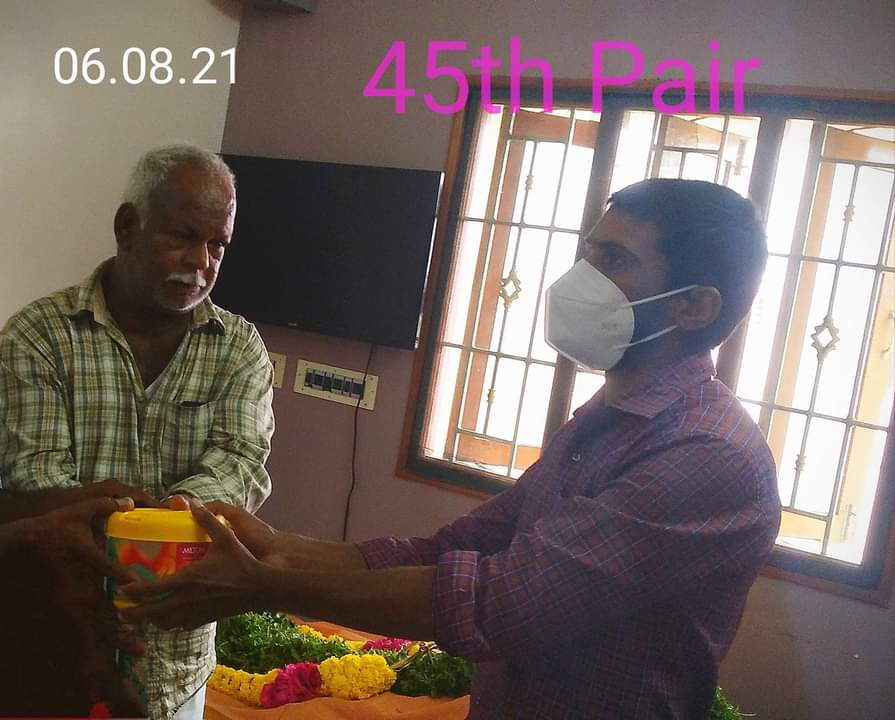Ever get that gut feeling something’s off when you’re using your crypto wallet? Yeah, me too. Especially when diving into DeFi and juggling multi-chain activity. Initially, I thought all wallets were created equal, just different UIs, but then I started digging—really digging—into MEV protection and gas optimization. Whoa, that’s a whole different beast. It’s like realizing you’ve been driving a car with the handbrake on for years.
Here’s the thing. MEV, or Miner Extractable Value, is basically the sneaky “tax” miners or bots impose by reordering or front-running transactions on Ethereum and other chains. It’s a silent wallet drainer, especially when you’re into liquidity mining. My instinct said, “If you don’t guard against MEV, you’re leaving serious money on the table.”
Now, gas fees. Man, those can be brutal—sometimes making a small trade or liquidity move a net loss after fees. I’m not exaggerating. So any wallet promising gas optimization? That’s immediately suspicious but also promising. Could it really save you money without slowing down your trades?
And liquidity mining itself? It’s lucrative but tricky. You want to maximize rewards without getting eaten alive by fees and MEV bots. On one hand, you need a wallet that’s flexible and secure; on the other, one that’s smart about costs and attack vectors. Though actually, finding a tool that balances all this isn’t easy. Many wallets claim to be “advanced” but fall short in real-world use.
Okay, so check this out—over the last few months, I’ve been testing rabby wallet. Honestly? It’s not perfect, but its MEV protection features caught my eye quickly. Plus, the gas optimization algorithms felt like having a seasoned trader whispering in your ear about when to hold ’em and when to fold ’em on fees.
Why does MEV protection matter so much? Picture this: you send a transaction to swap tokens or add liquidity, but before your transaction confirms, a bot spots it, jumps in front, and executes orders to profit off your move. That’s MEV in action. It’s frustrating and costly. I remember a moment when I lost a few bucks on a supposedly “quick” trade just because my wallet didn’t shield me from front-running. Ugh.
So what’s the solution? Some wallets bundle MEV protection by delaying or reordering your transactions in ways that bots can’t easily exploit. It’s a subtle but powerful layer of defense. You might think, “Isn’t that just slowing things down?” Actually, no—rabby wallet’s approach balances speed and protection cleverly. The trade-offs are minimal, but the savings add up.
Gas optimization ties in tight here. If your wallet can bundle transactions or choose the right timing to minimize gas spikes, that’s money saved. I’ve seen wallets that promised this but ended up costing me more because they triggered more expensive gas fees through poorly timed submissions. That part bugs me.
Liquidity mining amplifies these issues because you’re moving assets frequently, chasing yield across chains. Each transaction can be a tiny landmine of MEV risk and gas wastage. So a wallet like rabby wallet, which supports multi-chain activity and layers in these protections, is pretty compelling.

Check this out—this graph shows how gas fees spike unpredictably during active liquidity mining phases. Without gas optimization, you could easily lose 10-20% of your returns just to fees. That’s no joke.
Oh, and by the way, rabby wallet isn’t just about protection and fees. It also offers a clean interface for managing liquidity pools, staking rewards, and multi-chain assets without juggling multiple apps or extensions. At first, I thought juggling chains meant juggling different wallets, but this one tries to unify the experience, which is a huge time-saver.
Not everything’s perfect though. I noticed that some advanced features require manual tweaking and aren’t 100% foolproof. For example, sometimes the gas optimization might delay a transaction just a tad too long, risking slippage on volatile assets. It’s a trade-off, honestly. You have to choose what pains you more: paying high fees or possibly missing a trade.
Balancing Security, Speed, and Savings: The Liquidity Miner’s Dilemma
Here’s a little secret: most users, even savvy ones, rarely think about MEV protection until it hits them in the wallet. I’m biased, but I think wallets should make this default or at least super obvious. It’s like wearing a seatbelt—you don’t know how much you need it until that crash happens.
In my experience, wallets that ignore MEV risk or gas optimization are basically leaving you exposed. But there’s also a balancing act—too much complexity scares people away. That’s why I appreciate how rabby wallet manages to keep the interface approachable while packing in these deep features. It’s a rare combo.
Now, liquidity mining itself is evolving. Protocols are getting smarter about compensating for MEV losses and high fees, but that’s protocol-side. The wallet layer is your frontline defense. Initially, I thought this was just a “nice to have,” but reality hit me: it’s essential for anyone serious about yield farming on multiple chains.
Something felt off about the way many wallets handle transaction ordering and gas estimation. They either overpromise or leave users in the dark. Rabby wallet’s transparency on gas costs and MEV risks felt refreshing. You get a glimpse of what’s happening under the hood, which builds trust. And yeah, trust is huge in this space.
One of the coolest things I’ve found is how rabby wallet’s gas optimization isn’t just about picking the cheapest moment—it uses smart batching and fee market insights to squeeze out savings without compromising trade execution. It’s like having a mini gas oracle right in your wallet.
Still, no tool is perfect. I’ve seen edge cases where MEV protection delays transactions enough that a rapid market swing turned a potential profit into a small loss. That was a headache. So, I recommend users weigh their risk tolerance and trading style. For high-frequency liquidity miners, these features are a must; for casual users, it might feel like overkill.
So why not just rely on the DeFi platforms themselves? Well, some do offer MEV mitigation, but many don’t, and you can’t always trust the protocols not to have their own agendas. A personal wallet with built-in safeguards gives you control and peace of mind.
All this made me realize something: choosing a wallet today isn’t just about UI or brand—it’s about how it handles the invisible costs and risks that eat your yield. And in the multi-chain world, that challenge magnifies. That’s why I keep coming back to tools like rabby wallet that focus on these nitty-gritty details.
Common Questions About MEV Protection, Gas Optimization, and Liquidity Mining
What exactly is MEV and why should I care?
MEV (Miner Extractable Value) is the profit miners or bots make by reordering or front-running your transactions. If unprotected, it can cost you extra fees or worse, reduce your trade profitability by exploiting your transaction timing.
How does gas optimization save me money?
Gas optimization involves smart timing, batching, and fee estimation to reduce the cost of transactions. Since Ethereum and similar chains have volatile gas fees, optimizing these can save a noticeable chunk of your liquidity mining rewards.
Is it worth using a specialized wallet like rabby wallet for DeFi?
If you’re actively liquidity mining or engaging in multi-chain DeFi, yes. Wallets like rabby wallet offer MEV protection and gas optimization that can significantly improve your net returns and security compared to basic wallets.


